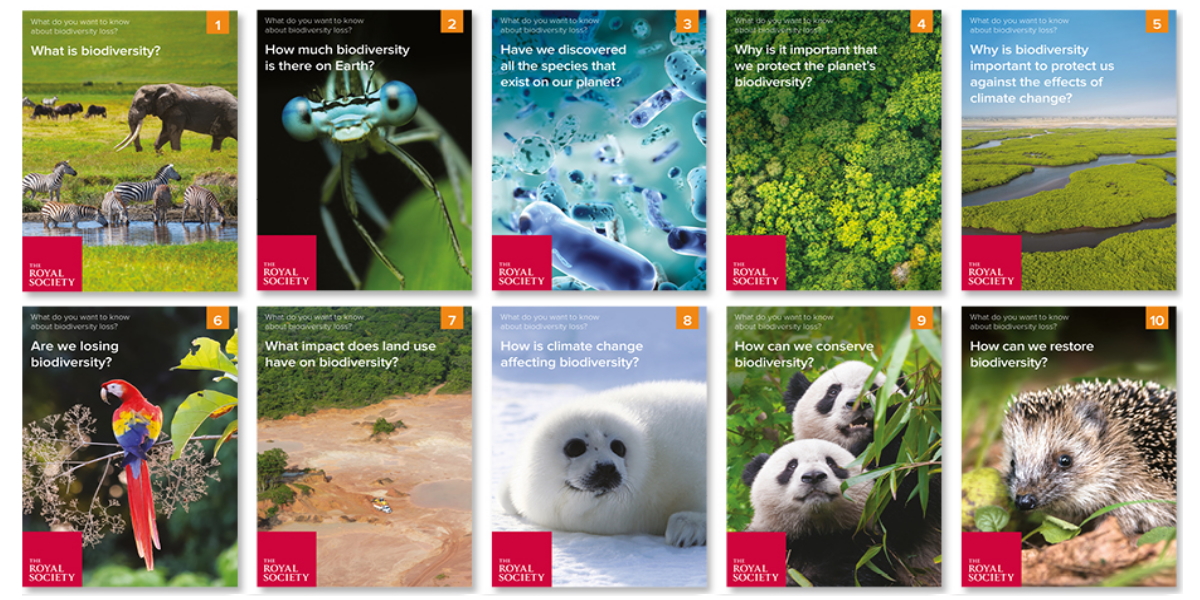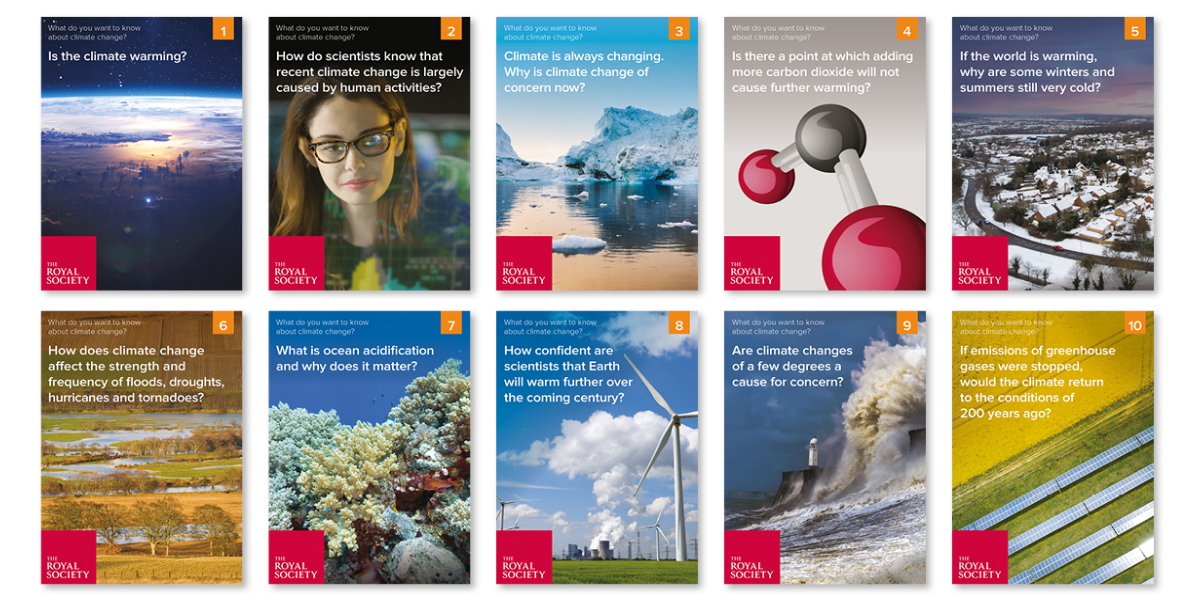Filters
Clear allSubject
- Careers (1) Apply Careers filter
- Climate Change (2) Apply Climate Change filter
- Computing (9) Apply Computing filter
- Cross curricular (7) Apply Cross curricular filter
- Design and technology (6) Apply Design and technology filter
- Engineering (5) Apply Engineering filter
- Mathematics (1) Apply Mathematics filter
- Science (20) Apply Science filter
Age range
Type
- Activity sheet (10) Apply Activity sheet filter
- Group work (1) Apply Group work filter
- Information sheet (4) Apply Information sheet filter
- Interactive resource (1) Apply Interactive resource filter
- Poster (7) Apply Poster filter
- (-) Remove Presentation filter Presentation
- Research (4) Apply Research filter
- Self assessment (1) Apply Self assessment filter
- Teacher guidance (21) Apply Teacher guidance filter
- Textbook (2) Apply Textbook filter
- Video (2) Apply Video filter
- Include Physical Resources (0) Apply Include Physical Resources filter
Showing 28 results
This resource contains a series of lessons which are designed to extend students’ knowledge and understanding of plastics and plastic waste on a global scale. Linking to materials and their properties, the environment, recycling and design and technology, they contain investigations and activities aimed at both...
On December 15th 2015 European Space Agency astronaut Tim Peake launched on the six month Principia mission to the International Space Station (ISS). Principia was named after Isaac Newton’s Naturalis Principia Mathematica, describing the principal laws of motion and gravity.
The education and inspiration of...
The ‘presentation’ section of the Fixpert's resource focuses on documenting the Fixpert's project in the form of a film, presentation, folder, blog or any other medium students choose. It encourages students to be reflective and critical of their practice, along with developing presentation and story-telling skills...
This teaching resource is presented in four stages:
Stage One - Finding out about the problem. In stage one pupils find out more about spacesuits, how they work and why people need them to survive. They also find out more about the challenge to test a series of materials to...
This activity from the CS4FN team at QMUL is a metaphorical introduction to Human-Computer Interaction (HCI), graphical user interfaces (GUIs) and the difficulties of working at the command line.
The whole-class activity uses a game called spit-not-so. The winner of the game is the first to choose, from a...
This Practical Action resource presents a fun hands-on and brains-on challenge for Key Stages Two to Five.
The problem:...
Stop the spread is a new STEM challenge for students aged 7 to 16. Highlighting the global issue of infectious disease students design, build and test a model of a hand washing device and produce educational materials for children in Kenya to encourage hand washing. It is accredited for the British Science...
Using a set of simple ‘swap puzzles’, this CS4FN activity helps students to learn, fundamentally, what an algorithm is and how they can be made more efficient. Students are encouraged to create algorithms for solving the puzzles which can be used by future players to win, with no understanding of the game, in as...
This unplugged activity from the CS4FN team uses two examples – an insulting computer and one that can play snap – to look at simple computer programming, flow of control and logic. Everything is provided for this front-of-class activity, which would act as an effective starter for a lesson on programming concepts...
In this activity from the CS4FN team, learners are introduced to algorithms in the context of artificial intelligence. They are challenged to beat a ‘piece of paper’ at a game of noughts and crosses. By following a simple algorithm, the piece of paper becomes very difficult to beat. The algorithm is a sequence of...

These evidence-based, question and answer style classroom resources can be used to engage students of all ages...

These evidence-based, question and answer style classroom resources can be used to engage students in the climate...
In this activity children take on the role of Earth observation scientists submitting a request for an image they would like for their research. This gives them the opportunity to consider the possibilities of pictures taken from orbit (and the limitations) and to write scientifically for a specific audience. It...
